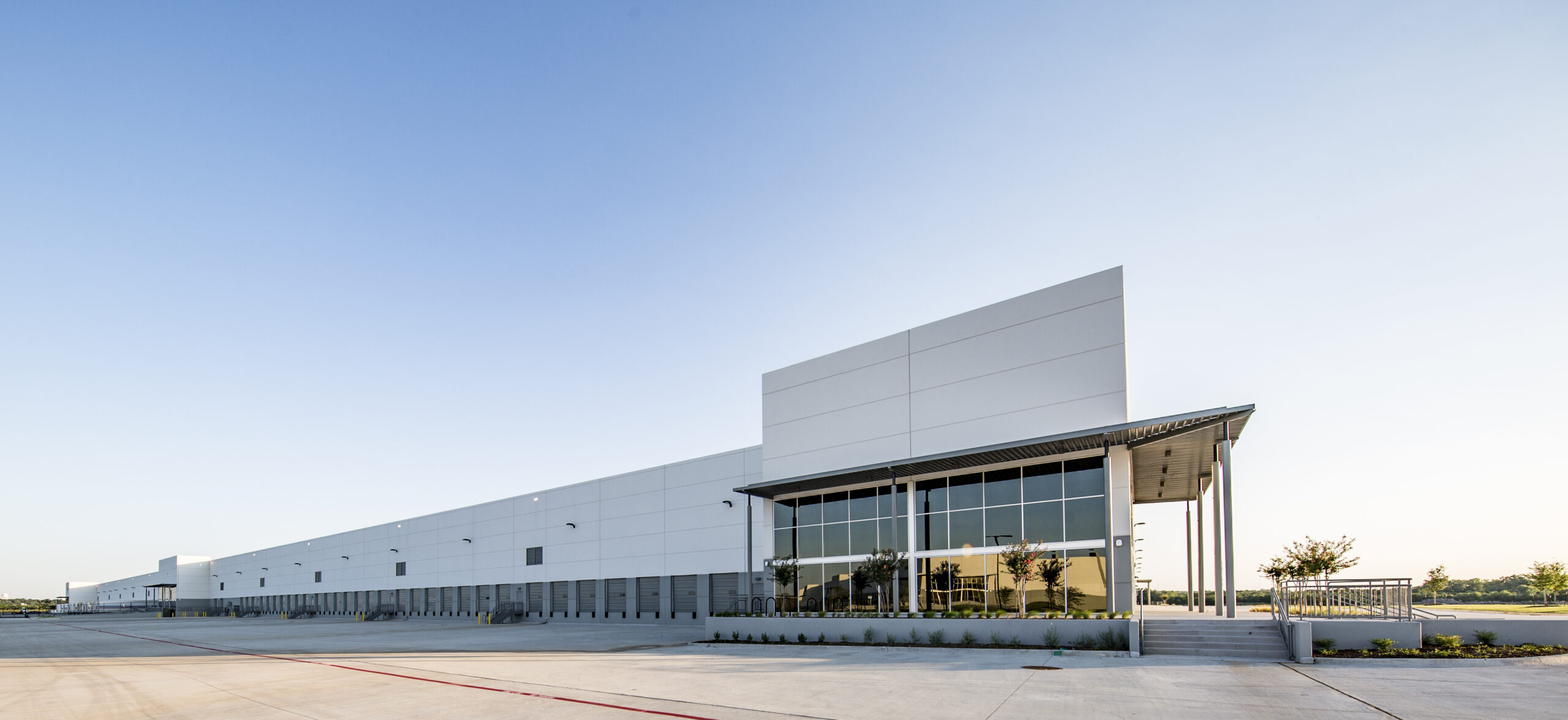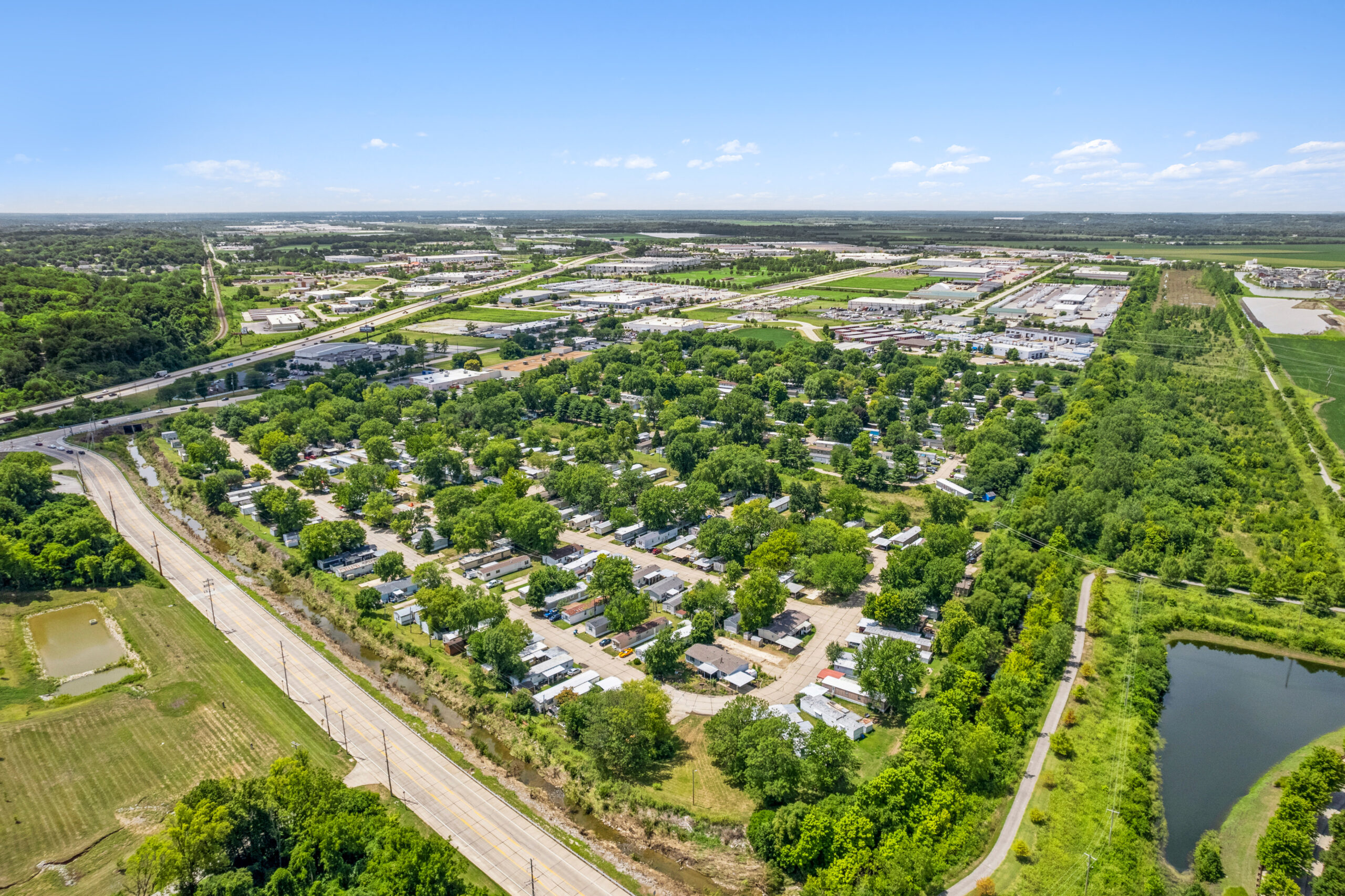Bob McClain is the head of the Real Estate Investment Committee and chief executive officer for Crow Holdings Capital (CHC). Over the past 20 years, CHC has committed more than $8.5 billion across its funds. McClain has been with CHC and CHC-affiliated entities for 31 years, which includes his years as a partner in the Northeast region of Trammell Crow Company. His prior experience also includes two years with Coopers & Lybrand LLP in New York.
Jonathan A. Schein, senior vice president and managing director of global business development for Institutional Real Estate, Inc., recently spoke with Bob McClain, head of real estate investment strategies for Crow Holdings Capital. Following is an excerpt of that conversation.
Investors and managers are increasingly nervous about the retail landscape, driven primarily by e-commerce fears. What drove you to invest in this sector now?
I began my career in retail leasing. This enabled me to understand how tenants think and make decisions. I quickly realized it was much easier to keep smaller spaces leased over big boxes, as there is a much deeper pool of tenants. The depth of the small-retail tenant pool was one of the catalysts for investing in small-format shopping centers, which is a defining factor of our “Internet-resistant” retail strategy. The second driver is the fragmented ownership in the small-format retail market. These assets are often of institutional-quality but, due to size, are typically overlooked in the institutional market. This creates inefficiencies in the space from a pricing stand- point, while also providing value-add opportunity through institutional asset management. The final catalyst was the size of the market, which in 2017 was approximately $30 billion of transaction volume, providing the scale to aggregate a sizable portfolio.
How did you get investor support for a retail strategy in today’s environment?
Our investors were nervous about the retail landscape, but noting our 20-year historical value-add fund returns in shop- ping centers, they looked to us to create a new strategy for a top-performing sector. We have seen brick-and-mortar Internet fear before. In the early 2000s, the emergence of Internet grocers, such as Peapod and GroceryWorks.com, created a similar retail fear. While most investors were shying away from shopping centers, our response was to overweight our retail allocation to mispriced core grocery-anchored centers, and this worked in our investors’ favor. Our view is that a macro fear of retail, whether Internet grocers in 2000 or Amazon today, provides a contrarian investment window and aggregation opportunity. Our current focus is a niche retail strategy we are calling “Internet-resistant” retail.
How does CHC define this niche retail property type?
We define this space as small-format shopping centers that average 25,000 square feet and units that average 2,500 square feet of leasable space, with food and service tenants. We target centers located within dense, affluent neighbor- hoods or near population hubs, such as hospitals, universities and office centers. Our portfolio demographics average populations of around 90,000 and household incomes of $100,000 per year, compared to the national median household income of $59,000. We target properties that are walking distance from major universities and college dorms. Parents from around the world send their children with cash and credit cards that typically get spent within walking distance of the dorms. Hospitals have 24/7 employment of doctors and nurses who are pressed for time, as well as a constant flow of visitors requiring these services in close proximity. We are looking in major suburban office parks where people have an hour for lunch and errands. And then we are looking in the 50 most affluent zip codes, where on weekends parents are going to multiple soccer or baseball games, and they are in and out of Chick-fil-A or Starbucks drive-throughs. Many times, two or three of these categories overlap, which is absolutely terrific.
Elaborate on what you mean by “Internet-resistant.”
Approximately two-thirds of store closures announced in the first half of 2018 involved just six retailers, primarily big-box merchants and department stores with an average gross foot- print of 50,000 square feet. In contrast, we are focused on small-format retail primarily comprised of quick-service, fast- casual restaurants and everyday-needs retailers. These retailers require a fraction of the space and are a growing segment. They provide what we consider “last-mile,” everyday retail goods and services to these micro locations, and we believe they work with e-commerce, not against it.
Who are some of your tenants?
They tend to be restaurants, telecom providers, courier delivery firms, beauty and financial services. Our tenants include Starbucks, Chipotle, Subway, Potbelly, Pizza Hut, Supercuts, Orangetheory, Jersey Mike’s, UPS, Einstein Bagels, T-Mobile — where you really can’t obtain the service unless you are physically there dropping off the package, picking up the coffee, getting the haircut, eating the slice of pizza. Many of these types of tenants are reporting double-digit annual revenue growth and executing on robust expansion plans in strong trade areas.
How has technology — such as food-delivery apps — impacted tenant sales?
We believe technology is actually more of an advantage than a disadvantage for this retail strategy. What we find from talking to our tenants is that having these locations very close to the customer means the Internet is actually supporting their businesses. The customer may use the app to order their food, but they end up either physically going to the store to pick up the food or having a delivery service, like Favor, bring it to them. Apps are easing the buying process by streamlining orders and eliminating wait times. Food-delivery apps, such as Grub- hub, Uber Eats, DoorDash and Favor, have helped to increase food-delivery sales by 20 percent over the past five years. Chipotle Mexican Grill, one of our tenants, recently noted a 667 percent increase in weekly delivery orders following their partnership with DoorDash.
What does the U.S. capital market look like for small- format retail?
There has been an enormous annual trading volume in this retail shopping segment, and that really benefits us. Small-format centers of 50,000 square feet or less comprise approximately 35 percent of all shopping center trades. In 2017, this was approximately $30 billion, according to CoStar data. And while they are a sizable portion of the commercial real estate market, ownership within this sector remains highly fragmented. Approximately 85 percent of the small-format, Internet-resistant properties we have purchased have been from unique, individual sellers. Such fragmented ownership has provided a unique opportunity to institutionalize this niche market through portfolio aggregation and institutional asset management.
How many do you have to date?
In Fund I, we have 81 properties, and in Fund II, we have approximately 45. Fund II is expected to end up with about 120 properties when we are fully placed. The equity investment is approximately $3 million to $5 million on average, so we have a large volume of deals.
It sounds like acquiring small assets is labor intensive. What does your acquisitions process look like?
We have a group of approximately 20 people who work exclusively on this program completing the diligence, closing and asset management. They are supported by an analyst pool of 20. We also benefit from having been in the shopping center business for 20 years. We have existing leasing and management agreements with nationally recognized property managers and leasing agents in most markets throughout the country, so when we add a property in a Denver or Los Angeles or Washington, D.C., we already have a solid relationship in place with the service providers. Without the extensive team, infrastructure and the history of relationships, it would be an extremely difficult strategy to implement.
Explain how you create value at these properties.
Many individual owners and local developers manage with a focus on maintaining occupancy and minimizing capital expenditures. We focus on increasing rental rates, improving the tenant mix by increasing the number of national tenants and optimizing the number of drive-throughs (which can dramatically increase in-store sales). We are buying, holding and aggregating — as we continue to do so, we will become more geographically diversified — and have already increased our informational knowledge base on tenants’ sales volumes and performance within this niche market.
Can you summarize the opportunity you see in this sector?
Everybody currently loves industrial, and multifamily is always in favor. Retail has the most negativity now. There is “Amazon fear” among retail buyers, so we think this is a contrarian play at a macro level. Ours is a very simple strategy to understand. It is focused around well-located properties with great access, visibility and signage, which will always appeal to a wide pool of potential tenants. The ability to look through into certain restaurant and retailer sales when underwriting provides us with increased confidence in terms of tenants’ ability to pay the rent. We like the size of the spaces they occupy, as it makes it easy, with relatively low capital costs, to re-lease. We are very bullish on this very specific type of retail that we believe is actually supported by the Internet and apps today.
This article presents the author’s present opinions reflecting current market conditions. It has been written for informational and educational purposes only and should not be considered as investment advice or as a recommendation of any particular security, strategy or investment product.




